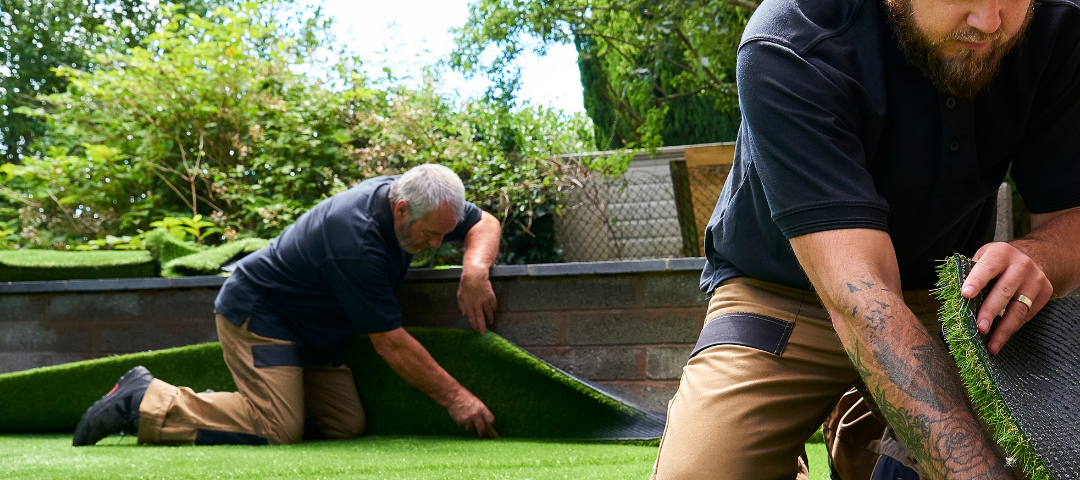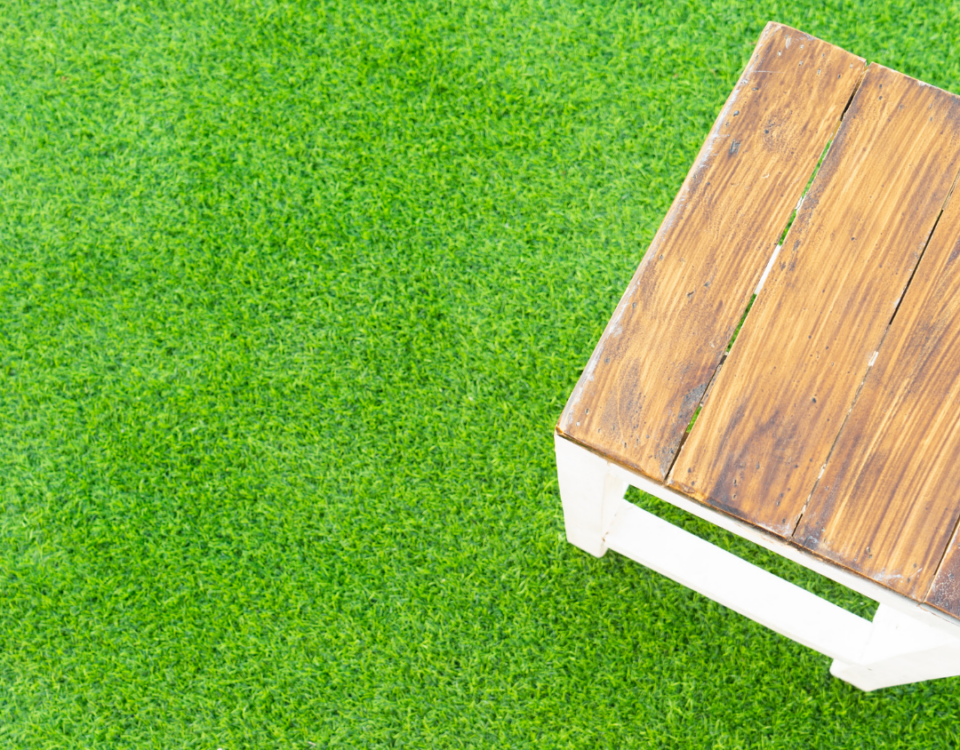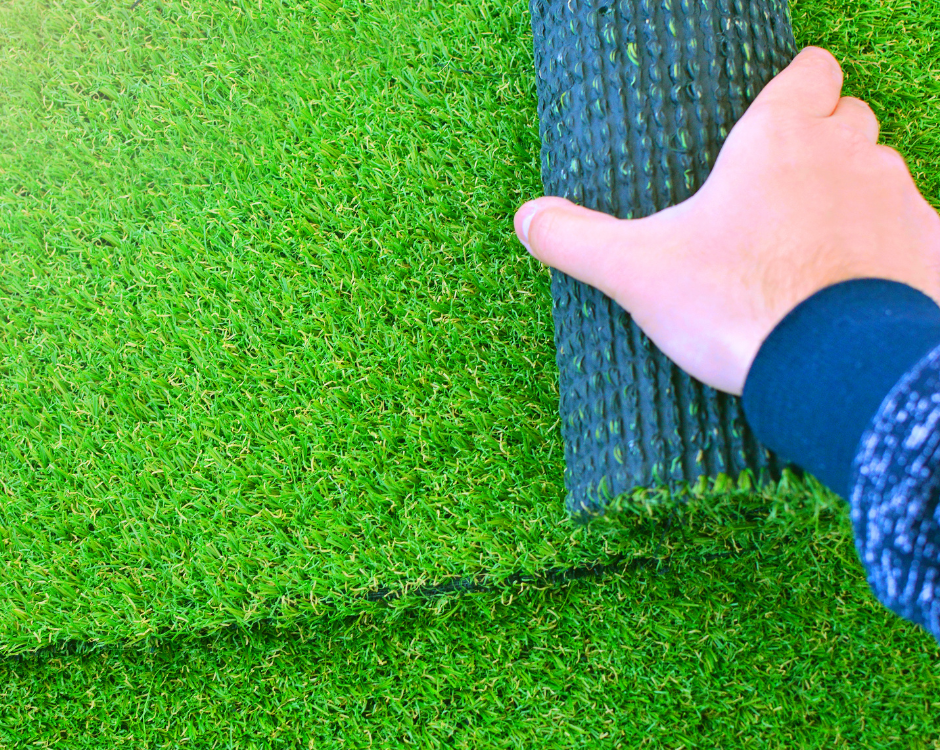
The Benefits of Artificial Turf
March 10, 2023
Advantages of Artificial Turf
March 10, 2023Artificial turf is an increasingly popular product for home lawns, playgrounds and sports fields. It is easy to maintain and can be used in drought-stricken regions. But its growing popularity has been accompanied by concerns about its environmental impact and health risks.
Chemicals and Safety
Artificial sports surfaces are made with synthetic fibers that contain toxic PFAS compounds, some of which are found in drinking water. These chemicals have been linked to cancer and other serious health effects. They can also cause damage to the lungs, liver, kidneys and thyroid.
The PFAS compounds found in these synthetic materials can be absorbed into the skin and ingested through contact with the feet or hands. Moreover, these chemicals are released into the air when people breathe them in or drink them.
Another risk is that these substances can be ingested by wildlife, especially fish and birds. In one study, 6PPD-quinone (a toxic chemical used in tires) was found to be the cause of mortality in coho salmon in the Pacific Northwest.
Carbon Dioxide and Water Pollution
Because synthetic turf is a petroleum-based product, it releases CO2 into the atmosphere as it is produced. This can lead to climate change and ocean acidification.
A natural landscape can help reduce the amount of CO2 in the air because it absorbs the gas through photosynthesis and binds it with soil organisms, keeping it locked up in the ground. In contrast, artificial grass has no natural ability to do this.
Besides being a source of air pollution, synthetic fields emit high levels of methane and shed microplastics into waterways. They can also be contaminated with a variety of other harmful chemicals, including carcinogens and heavy metals.
If you’re considering artificial turf, make sure you choose a reputable company that has lots of years of experience in the installation and repair of artificial turf products. This is important for your safety and to ensure that any problems you encounter will be handled promptly.
Injuries on Artificial Turf
A major concern for many athletes and recreational users is the potential for injury on artificial surfaces. This includes knee and ankle injuries, which can be exacerbated by excessive friction.
While there are some studies that suggest that artificial turfs may be safer than traditional grasses, it is still important to exercise caution and take proper precautions when playing on these fields. Cover your body properly or moisturise exposed skin surfaces, especially if you play a sport that involves diving or sliding on the surface of the turf.
Friction is a contributing factor to knee and ankle injuries, as well as other injuries that are associated with rapid movements such as jumping or changing direction. The level of friction depends on the traction of the surface, shoe characteristics and the size and number of studs in the shoes.
The use of a high-quality synthetic turf with a high abrasion resistance can decrease the risk of injury. The abrasion resistance of a good-quality artificial turf is also a key factor in reducing the risk of joint and bone damage from impacts.




